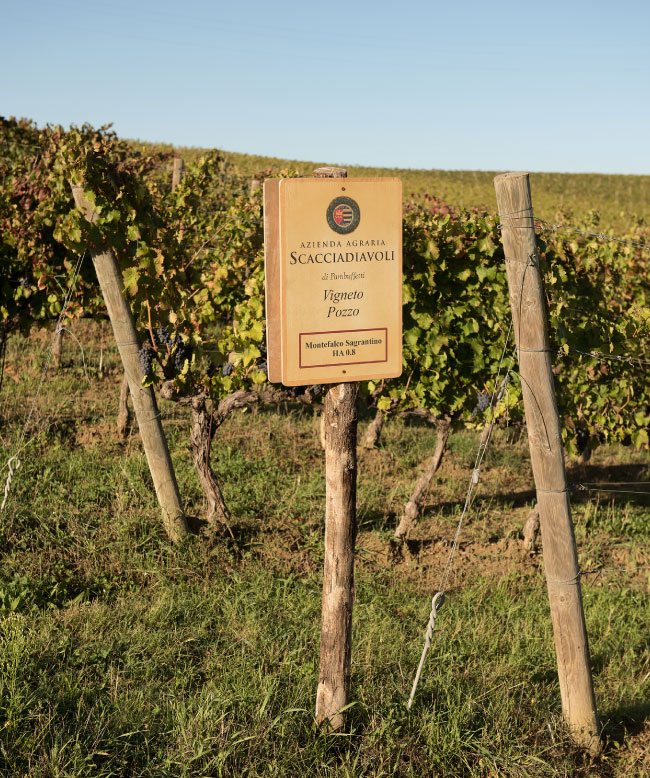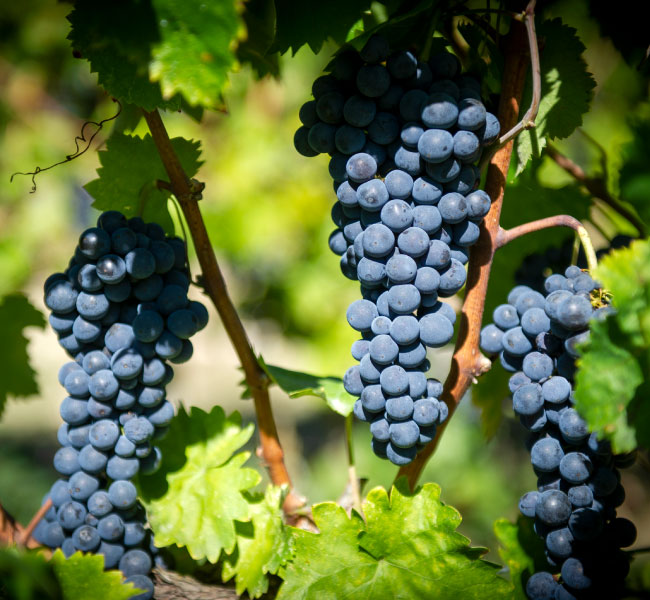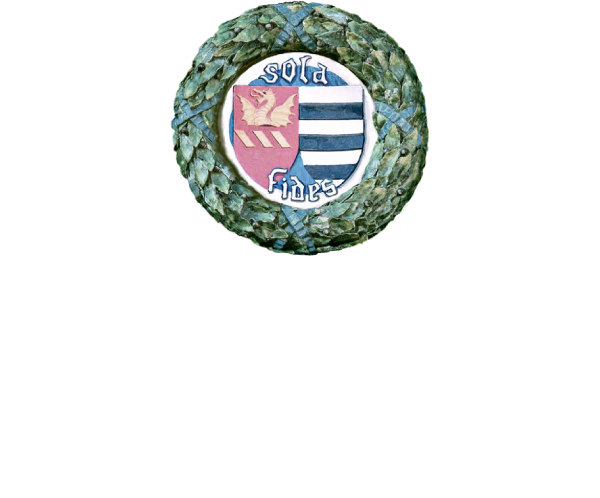THE SAGRANTINO VARIETY
Few wines in Umbria are able to represent the concept of terroir like the Montefalco Sagrantino, a Controlled and Guaranteed Designation of Origin (DOCG) that can be produced exclusively in the hilly territory of Montefalco and in part of the municipalities of Bevagna, Castel Ritaldi, Giano dell’Umbria and Gualdo Cattaneo.
Sagrantino
Origin of the name
The name ‘Sagrantino’ comes from an old and fascinating story, recently discovered. In 1240, in an Umbrian castle called ‘Coccorone’ (literally ‘top of the hill’), some of the ‘sacred’ falcons loved by Emperor Federico II caught a deadly disease. Without an effective cure, the falcons seemed destined to die, until the Emperor asked for the expertise of his trusted doctor Theodore of Antioch.
The only solution was an infusion of sugar, alcohol and violet petals, but Theodore didn’t have enough time to prepare it.
After some consideration, he decided to add violet petals to the local wine, which was very sweet. It worked and the sacred falcons were cured.
That’s the reason why the wine was called ‘Sagrantino’ (from ‘falco sagro’ – sacred falcon).
The episode also led to the city’s name being changed to ‘Montefalco’ – ‘falcon’s mountain’.


Sagrantino
The grape variety
The Sagrantino variety has been grown in this area from time immemorial and was, in fact, cultivated by the first Franciscan friars.
The high level of tannins and the thick skin, very rich in polyphenols, are special characteristics of the variety. But what makes this grape unique is not only its composition, but also the area in which it is grown, capable of making it ripen very slowly and withstand dry weather conditions. Sagrantino is among the World leader grapes in quantity and quality of polyphenols; with its high-quality tannic form, it is capable of expressing tenacity and finesse, structure and a big ageing potential.

